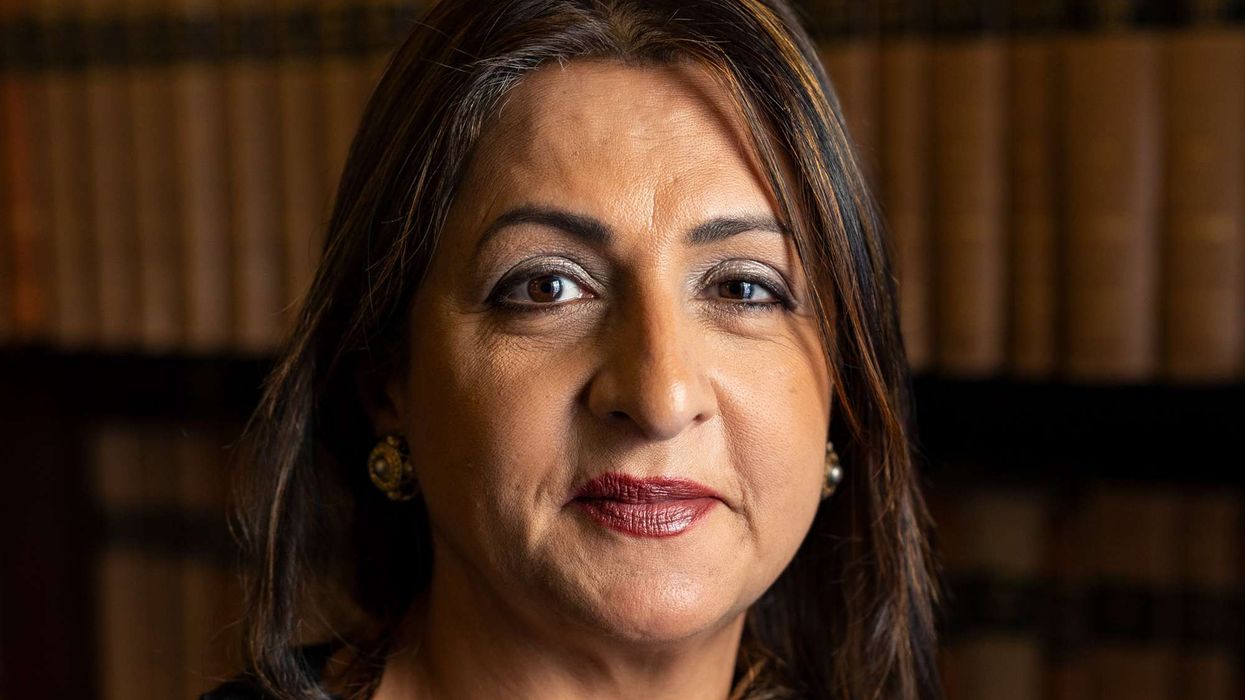Cricket's Asia Cup has been moved from India to the United Arab Emirates over Pakistan's refusal to cross the border, as relations simmer between the arch rivals, the Asian Cricket Council said Tuesday (10).
The biennial event was due to be held in India in September, sparking protests from the Pakistan Cricket Board (PCB) who called for the event to be relocated.
"This year's Asia Cup is moved out of India to UAE and will be held from September 13-28," said Sultan Rana, the Asian Cricket Council (ACC) development and event manager.
India has suspended bilateral cricket ties with Pakistan since the 2008 attacks in Mumbai, which New Delhi blamed on militants based across the border.
However India has continued to square off with Pakistan in international events like the 2016 Asia Cup in Bangladesh, the World Twenty20 at home and the 2017 Champions Trophy in England.
The Asia Cup has been marred by strained Indo-Pak relations since its inception when the UAE hosted it in 1984.
Two years later, India pulled out of the event in Sri Lanka, while Pakistan refused to send its team to India when it hosted the cup in 1991.
With Pakistan and India unable to host, Bangladesh held three straight Asian Cups from 2012 to 2016.
Rana said six Asian teams will compete in the 50-over Asia Cup.
"India, Sri Lanka, Bangladesh, Pakistan and Afghanistan are the five top teams while, there will be a qualifying round to select the sixth team," said Rana, a former Pakistan first class player.
Meanwhile, the ACC Emerging Asia Cup was also jeopardised earlier this month when India refused to send their team to Pakistan to compete.
"Emerging Cup will now be hosted jointly by Pakistan and Sri Lanka in December this year," said Rana.
India will play its Emerging Cup matches in Sri Lanka.











